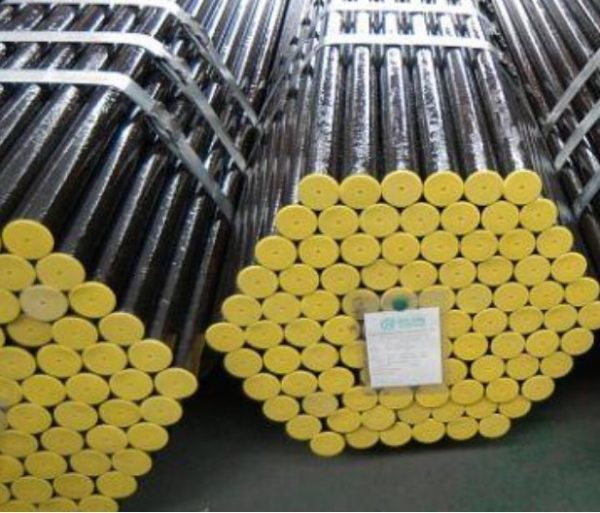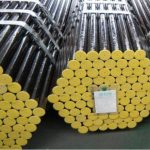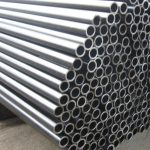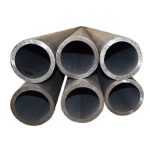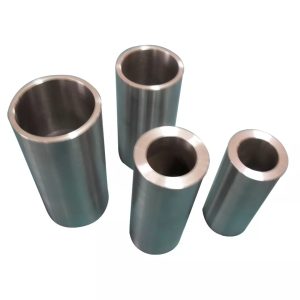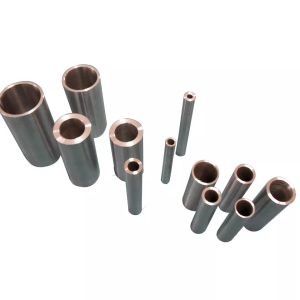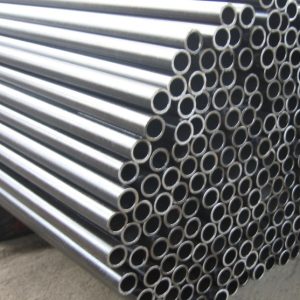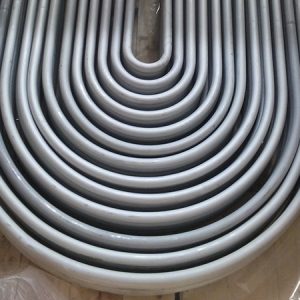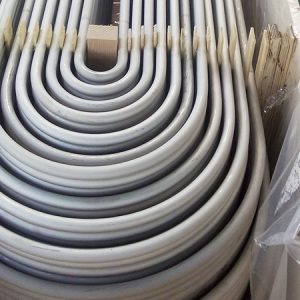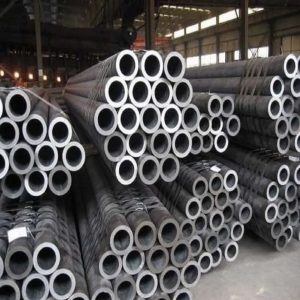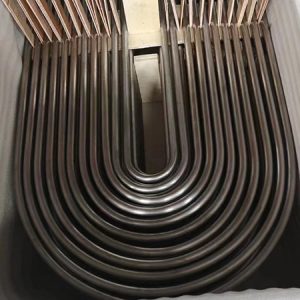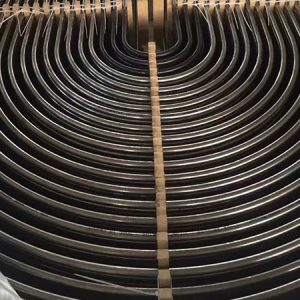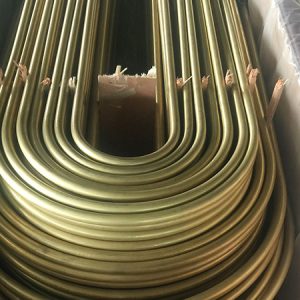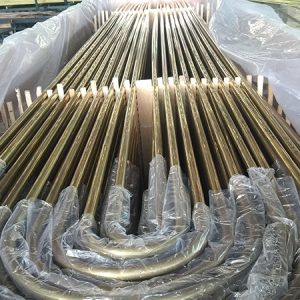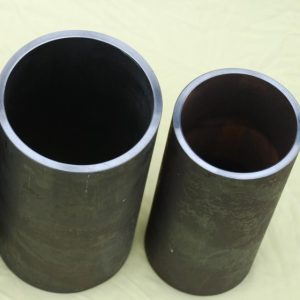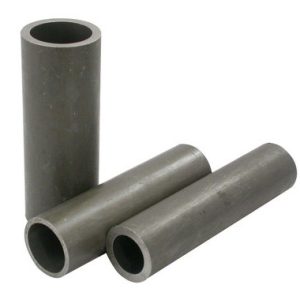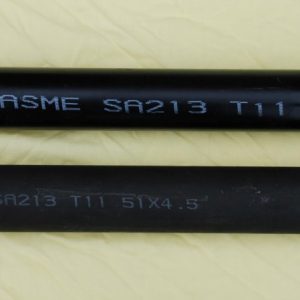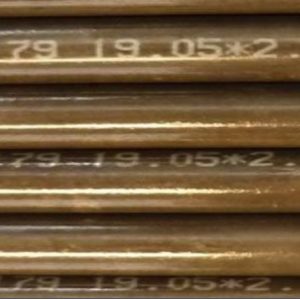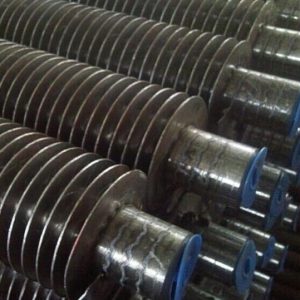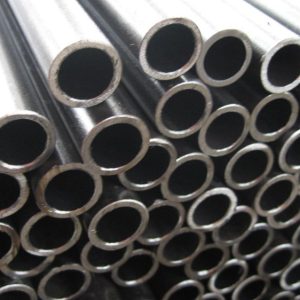API5L/A106B Nahtlose Stahlrohre
A106B steel’s chemical composition is similar to that of A53 Grade B and API 5L B. Its carbon content maxes out at 0.3% and its nickel at 0.4%. Its manganese minimum must fall between 0.29% und 1.06%.
Grade B maintains a higher carbon content than grade A but less than grade C. For each reduction of 0.01% of the maximum carbon amoun, manganese may increase 0.06% above the specified value up to a maximum of 1.35%.
The differences in chemistry between A53 and A106 seem minor, but they are important. A53 steel may include silicon, but A106 steel must include at least 0.10% silicon in the alloy. Silicon is an important component in heat resistance ability.
Bei Fragen, please contact sales@tubesolutions.com.cn
A106 steel must be produced with killed steel — a totally deoxidized alloy that features a high degree of chemical homogeneity. In killed steel, no reaction occurs between the carbon and the oxygen during solidification. Consequently, the product is more chemically uniform.
- Beschreibung
- Anfrage
Beschreibung
API5L/A106B Nahtlose Stahlrohre
Norm: ASTM A106B/API 5L
Seamless carbon steel tubes for high-temperature service
● Application: for high temperature service.
● Size range: O.D.: 15-120mm W.T.: 1-15mm L.: 15000mm max.
Table 1: steel grade and chemical composition:
| Grade | C (max) | Mn | P (max) | S (max) | Si (Min) | Cr (max) | Cu (max) | Mo (max) | N (max) | V (max) |
| Ein | 0.25 | 0.27-0.93 | 0.035 | 0.035 | 0.10 | 0.40 | 0.40 | 0.15 | 0.40 | 0.08 |
| B | 0.30 | 0.29-1.06 | 0.035 | 0.035 | 0.10 | 0.40 | 0.40 | 0.15 | 0.40 | 0.08 |
| C | 0.35 | 0.29-1.06 | 0.035 | 0.035 | 0.10 | 0.40 | 0.40 | 0.15 | 0.40 | 0.08 |
Table 2: Mechanical property:
| Grade | Tensile Strength Rm (Mpa) | Yield Point (Mpa) | Elongation A% | Delivery Condition |
| Ein | ≥330 | ≥205 | 20 | Annealed |
| B | ≥415 | ≥240 | 20 | Annealed |
| C | ≥485 | ≥275 | 20 | Annealed |
Table 3: Dimension Tolerances:
| Pipe Type | Pipe Sizes | Tolerances | |
| Cold Drawn | OD | ≤48.3mm | ±0.40mm |
| ≥60.3mm | ±1%mm | ||
| WT | ±12.5% | ||
A106 steel’s chemical composition is similar to that of A53 Grade B and API 5L B. Its carbon content maxes out at 0.3% and its nickel at 0.4%. Its manganese minimum must fall between 0.29% und 1.06%.
Grade B maintains a higher carbon content than grade A but less than grade C. For each reduction of 0.01% of the maximum carbon amoun, manganese may increase 0.06% above the specified value up to a maximum of 1.35%.
The differences in chemistry between A53 and A106 seem minor, but they are important. A53 steel may include silicon, but A106 steel must include at least 0.10% silicon in the alloy. Silicon is an important component in heat resistance ability.
A106 steel must be produced with killed steel — a totally deoxidized alloy that features a high degree of chemical homogeneity. In killed steel, no reaction occurs between the carbon and the oxygen during solidification. Consequently, the product is more chemically uniform.
Bei Fragen, please feel free to kontaktieren Sie uns

